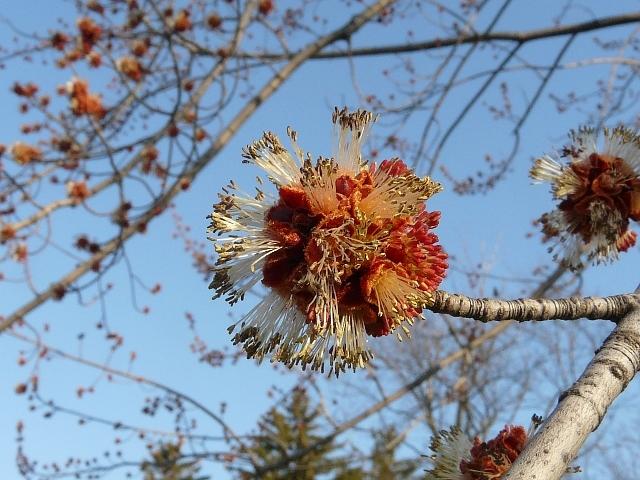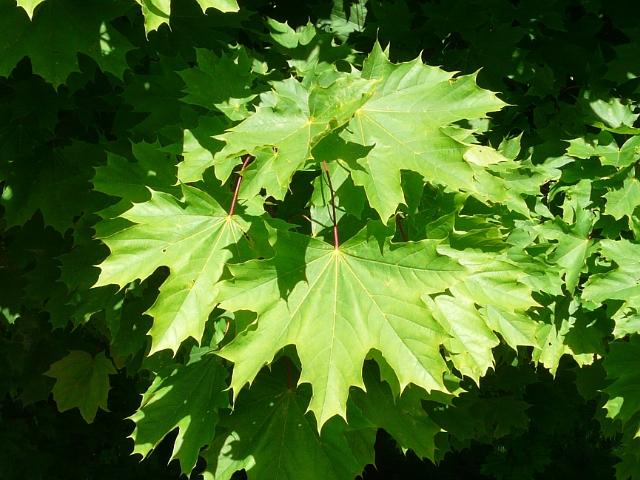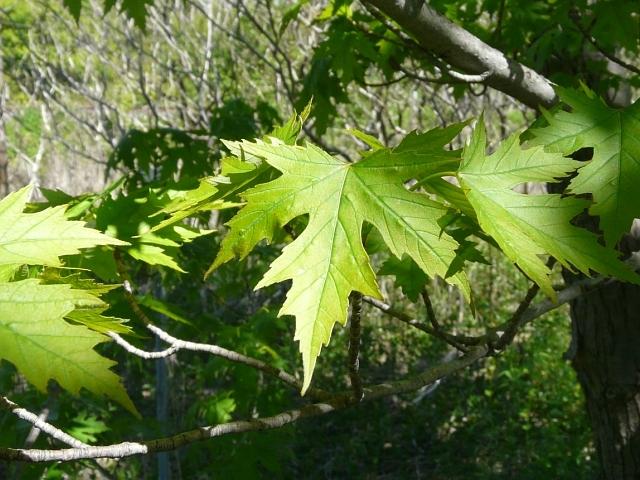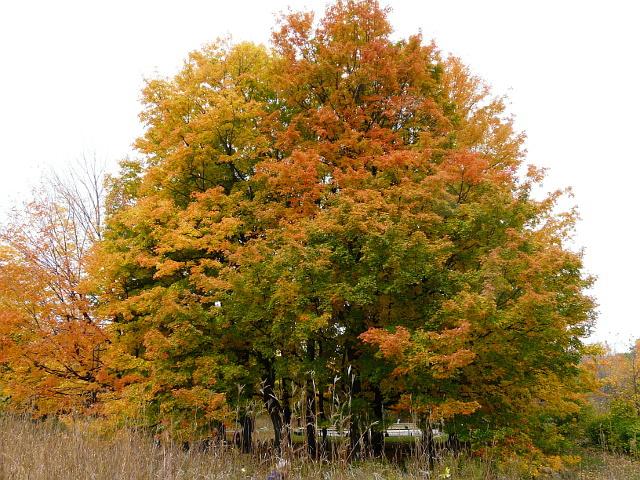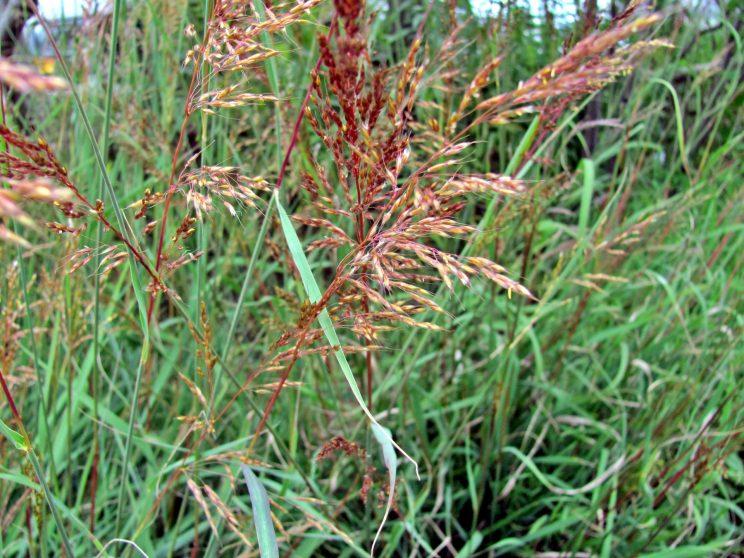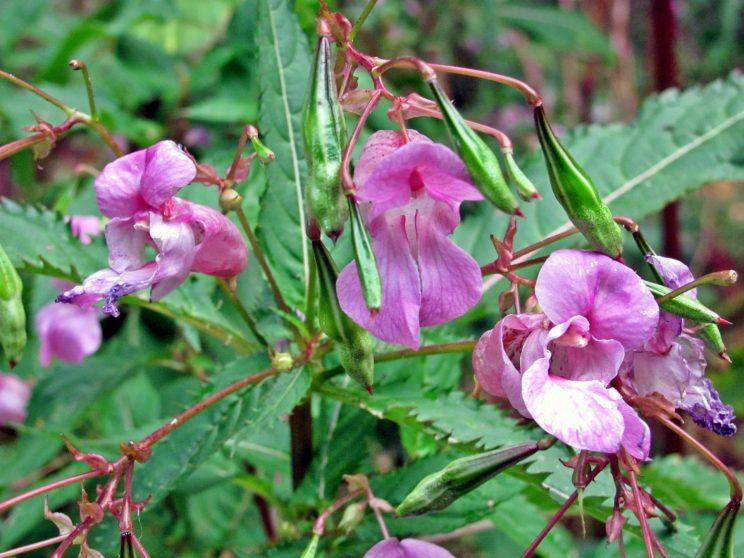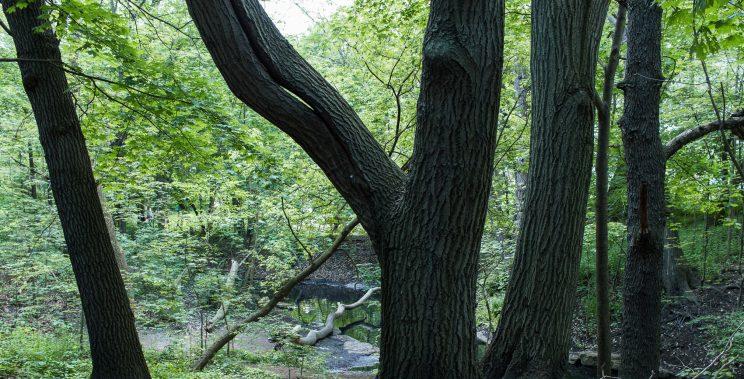by Kathleen Keefe
Keys are the little winged maple seedpods you see twirling through the air trying to get away from their parents. With a little breeze, their helicopter blades might propel them far enough from the mother tree to secure a chance at survival.
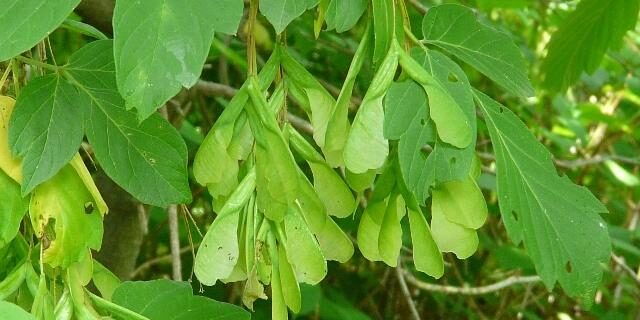
Time and Space Travel
The only time a plant has the ability to move is when it is a seed, and most seeds must move or be moved away from the parent plant to succeed. They need to be in a place where they don’t compete with the mother plant or siblings for light, water and nutrients. Also, if many new plants are concentrated in the same area around the parent plant, they are an easy target for predators, parasites and disease.
Maples Do It Best
Getting away from the mother maple is especially important for the maple keys because maples have one of the largest and widest tree canopies. If the seeds don’t get out from under the tree, they won’t have a chance. The maple has a few strategies to ensure its success. Like most wind-dispersed seeds, the majority of keys will fall in unfavourable conditions and be wasted. Therefore, maples tend to produce a huge quantity of seeds to increase the chances that at least some of the keys will land in spots that have just the right amount of moisture, light, nutrients and space.
Perhaps the most impressive survival characteristic of maples is the design of the maple key (also called a samara). The key is actually a dry fruit encased in a flattened fibrous wing shaped like a fan blade that is caught and carried by the wind. It is so aerodynamically perfect that it can travel away from the mother tree at three metres per second. Depending on the height it falls from, the openness of the space and the force of the wind, the key can travel more than 100 metres distance.
Ash and elm trees also have keys, but maples are the best fliers. In fact, scientists study the design of maple keys to help them create micro-flying machines and to develop miniature helicopters for space exploration. The wing of the key becomes wider at the end that does not contain the seed. When the key spins, the air that moves over the wide end moves faster than the air near the seed. This gives the key the necessary lift to stay airborne as the vein on the leading edge of the key generates sufficient turbulence to cut through the air. Scientists also discovered that each twirling key creates its own vortex, like a mini-tornado spinning above the wing that increases the lift. It is the same phenomenon at work when hummingbirds hover in place.
The brilliance of the maple key design doesn’t end there! As a single-winged key, the seed has a landing advantage. The weighted seed end will land first and the wing will help it stand up among vertical grass blades or other groundcover. Seeds have a better chance of becoming properly embedded in soil if they are upright when a passing foot or a blanket of snow presses down on them.
The spinning, twirling ways of the maple key have inspired nicknames such as wingnut, helicopter, whirlybird, whirligig and polynose…but seriously, these ingenious keys provide the vital genetic link between one generation of maples and the next. Their playful nature is actually their key to survival!
How many of High Park's maples can you find?
Sources
- Garber, Steven D. 1987. Urban Naturalist. Wiley and Sons Inc., Canada.
- Another source.
This articles doesn't have sources.

